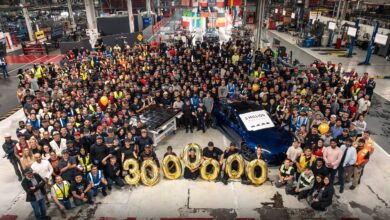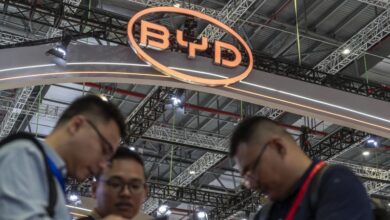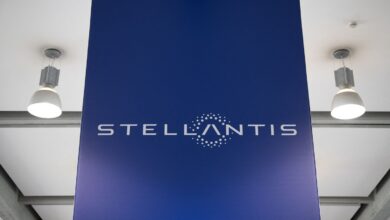Ford CEO says ‘partial electrification’ is more than ‘transitional’
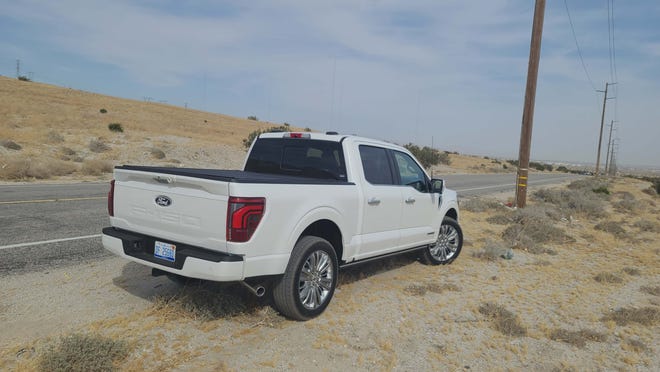
Ford Motor Co. CEO Jim Farley said Thursday that “partial electrification” options like hybrids and extended-range electric vehicles are more than just “transitional” technologies.
The auto industry over the past year has reevaluated all-electric vehicle adoption timelines, given affordability and range challenges. Ford and others have reemphasized hybrid technologies or said they are reintroducing them in the coming years. The circumstances and China’s strength in new-energy and advanced driving assistance systems have convinced Farley the company must be able to compete at the low-priced end of the market.
“I come here at this moment in time as a CEO much clearer about our executional priorities,” Farley said at the Bernstein Annual Strategic Decisions Conference. “And the way we need to make our way through this successfully to be a great company is a lot clearer than it was last year.”
Partial electrification, Farley said, is increasingly part of that solution, noting that the hybrid F-150 truck represents a quarter of sales. Beyond hybrids and plug-in hybrids, the category includes extended-range electric vehicles, or EREVs. Typically, they’re vehicles that run fully off batteries, but have a generator, usually a combustion engine, onboard that recharges the battery, extending its range. The combination allows the vehicles to have a smaller battery, which represents most of the cost of an EV.
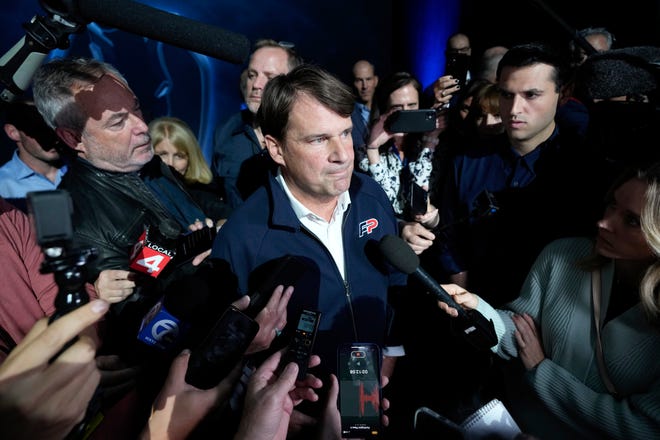
“EREVs in the U.S. could be 120 miles of all-electric, and they drive like EVs,” Farley said. “They don’t drive like combustion engine vehicles, so you get an EV, and you have 700 miles of range. You don’t have range anxiety for a long trip. You don’t have to rely on any charges. And those vehicles have half the batteries, so they’re very profitable.”
The fitness test for an automaker, he said, will be how quickly a company can adopt an in-between technology like this: “We really like that solution,” Farley said about EREVs.
So do competitors. Stellantis NV is expected to launch before the end of the year the Ram 1500 Ramcharger pickup alongside the all-electric Ram 1500 REV. The Ramcharger is an EREV that the company says can provide 690 miles of range — 145 miles from its battery and 545 miles from a 3.6-liter Pentastar V-6 eTorque engine. In comparison, the REV’s extended-range battery is expected to provide 500 miles. Ford’s extended-range all-electric F-150 Lightning truck offers 320 miles.
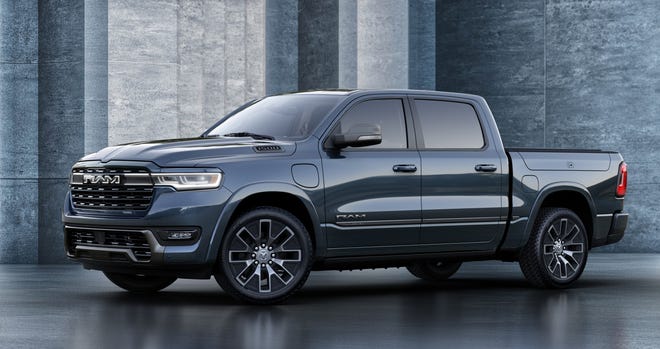
The technology, however, begs the question of how regulators will see it, since it’s not a zero-carbon emissions vehicle like traditional EVs, though most trips would be able to be run all-electric, because they’re short-distance. Former Ram CEO Tim Kuniskis said Ramcharger sales would count toward Stellantis’ EV goals.
“We’re going to have to talk to all the regulators,” Farley said, “because they really bet on pure EVs, but EREVs in China are really the growing part of the EV market.”
As for the fitness of competitors, Farley suggested Ford’s legacy ICE business, particularly its Pro commercial division, is a strength. All-EV brands in the United States and China that don’t have a profitable business are going to face capital challenges, he said. He predicted state-owned enterprises in China will be rationalized and noted that the significant capacity for vehicle production that surpasses the Chinese, North American and European markets combined will create pricing pressure on EVs.
That consolidation creates opportunity for Ford, Farley said: “The most important part of this consolidation is talent walking from one brand to another.”
Still, Chinese automakers are ahead of the West in areas like software and digital services, he said. Technologically, Farley said, he’d be surprised if the leaders in Level 3 — categorized as hands-free, eyes-free driving under certain conditions — aren’t in the U.S. market in two years. One of the biggest challenges, though, he said is determining under what weather conditions the vehicle can take over all driving functions.
“How do you prove the operating domain is safe?” he said. “That part is a little bit less clear to me.”
Major discussions within Ford about the pricing of such technology are happening now, he said. He likened the opportunity to when he sold for $5,000 a high-occupancy vehicle sticker on his Toyota Prius when he left the Japanese automaker in 2007.
“I know at least 16 years ago that people were willing to pay $5,000 to drive in the HOV lane in California for a couple of minutes a day,” Farley said. “How much are people willing to pay to get 45 minutes back in their life? I think for a while it’s going to be a pretty good run.”
Ford and Volkswagen AG absorbed autonomy partner Argo AI in 2022 after it struggled to attract more investors. Farley said Ford hasn’t split its software teams into a separate division like it had between its ICE and hybrid business called Ford Blue and its EV division, Model e.
“It’s safety-critical, so you can’t just take someone from Apple and Google. You can’t fire an airbag from the cloud,” Farley said. “I think that the most important thing is to have talent and to have that talent be heavily integrated into the legacy part of the company, because we have a safety product, and so we purposely did not do what others did.”
That structure is another sign of Ford’s various powertrain options being more than just transitional: “We don’t differentiate between ICE and non-ICE on digital,” Farley said, “because we have this incredible Pro business that will increase and will continue to be ICE. Why would we want to restrict ourselves for our digital revenue to be just EVs?”
bnoble@detroitnews.com
@BreanaCNoble
